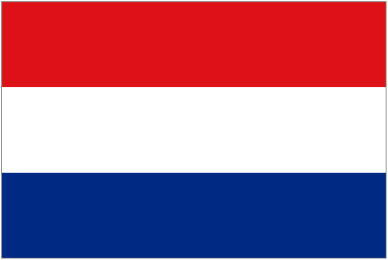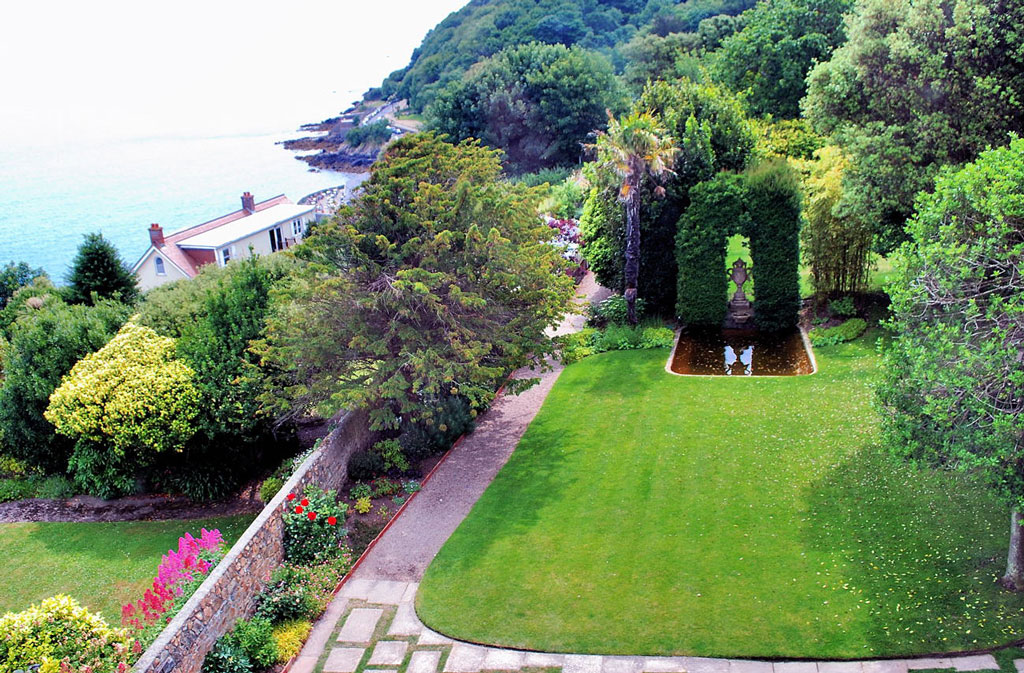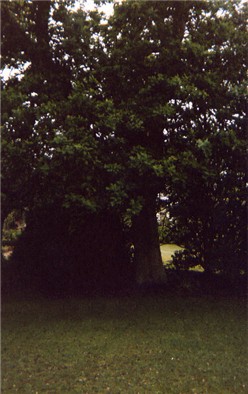

Peace Monuments
Dedicated in 1925-1929
Right click image to enlarge.
1925



B
O
ATCirca 1925 - "Pax Vobiscum," The River Spree, Berlin (Germany). Pleasure boat owned by anarchist & pacifist Ernst Friedrich [1894-1967], whose 1924 picture book "Krieg dem Kriege! / War against War!" documented the horrors of WW-I (lower left image). In 1925, Friedrich opened the Anti-Kriegs-Museum (AKM) / Anti-War Museum on Parochialstrasse, Berlin. In March 1933, Nazi storm troopers (SA) destroyed the AKM and seized the "Pax Vobiscum." Friedrich was arrested, then emigrated to Belgium & France. In 1982 (15 years after the death of its founder), AKM was reopened by his grandson Tommy Spree (sic); its current address is Brusseler Strasse 21, Berlin. Upper image of "Pax Vobiscum" courtesy of Peter Nias who photographed it from Friedrich's 1935 book, "Von Friedens - Museum zum Hitler - Kaserne / From Peace Museum to Hitler Barracks" (lower right image)

M
U
SE
U
M
1925 - "Peace Through Justice," Vredespaleis / Peace Palace, Carnegieplein 2, The Hague (Netherlands). On landing of grand staircase. Gift from the govenment of the USA. Sculpted by Andrew O'Connor [1874-1941]. "The statue is a modern version of Lady Justice; she has cast off her blindfold, and her scales & sword are absent." Shown on "Sites Relating to US History in the Netherlands" (webpage maintained by American Embassy in The Hague).


M
U
SE
U
M1925 - Beit el-Amani / Peace Memorial Museum, Mnazi Moja, Stone Town (Zanzibar). Built in memory of those who died in World War I. " the British extended their ideas of ‘indirect rule’ even to the architecture of the early colonial monumental buildings. The museum was therefore designed [by British architect J.H. Sinclair] as an oriental Islamic structure, reminiscent of the Aya Sophia Mosque in Istanbul, a hexagonal building with a huge central dome and smaller domes at the corners." Now [contains] traditional crafts and household items from residents of Zanzibar, sultans, slave traders, European explorers and missionaries. Displays feature David Livingstone's medical chest, information about the harvesting of cloves, and the story of the German battleship Konigsberg which sunk during World War I.
M
O
N
M
T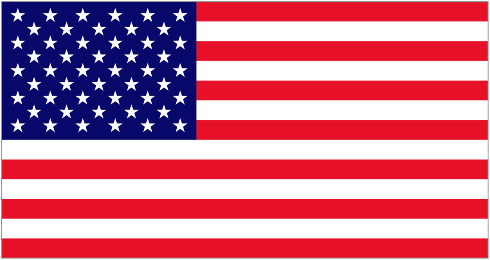
1925 - Peace Triumphant Monument, Scoville Park, Oak Park, Chicago, Illinois (USA). Oak Park artist Gilbert Wiswold created the sculpture in 1925. It depicts a US pilot, a soldier & a sailor in front of a figure of Columbia sheathing her sword. Inscribed with the names of 2,446 veterans from Oak Park, 56 of whom were killed in WW-I. Renovation began in July 2009. Initially, it was expected to cost more than $240,000, but another $79,400 was added when inspectors in October 2009 found the foundation also was decaying. The final renovation cost was $326,400. Rededicated by Ed Avis on November 7, 2010.
C
R
OS
S
July 13, 1925 - Peace Cross, US Highway 1, Bladensburg, Maryland (USA). Forth foot cross of cement and marble constructed by the Snyder-Farmer Post of the American Legion to recall the 49 men of Prince George’s County who died in World War I. Towers above the convergence of Baltimore Avenue, Bladensburg Road, and Annapolis Road (a primary entrance to Washington, DC, before the construction of interstate highways).




September 16, 1925 - Harding International Good Will Memorial, Stanley Park, Vancouver, British Columbia (Canada). US President Warren G. Harding [1865-1923] died not long after visiting Vancouver to dedicate this monument. Click here for YouTube video. 1 of 40 monuments in "Peace Symbols" by Zonia Baber (1948), pp. 64-65. Entry #1241 in the "Peace Movement Directory" by James Richard Bennett (2001).




T
O
W
ERB
R
I
DG
E
December 13, 1925 - Frank A. Miller Testimonial Peace Tower & Friendshp Bridge, Mount Rubidoux, Riverside, California (USA). "Erected...in recognition of his constant labor in the promotion of civic beauty, community righteousness & world peace." Frank Augustus Miller [1857-1935] founded the Mission Inn in Riverside & Institute of World Affairs (which is now the World Affairs Council of Inland Southern California). Tower bears the names & coats of arms of all nations as of 1925. Bridge is replica of the Alcántara bridge in Spain. 1 of 40 monuments in "Peace Symbols" by Zonia Baber (1948), pp. 48-49. Entry #111 in the "Peace Movement Directory" by James Richard Bennett (2001).
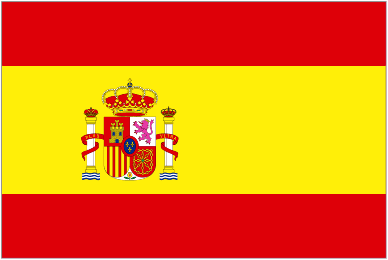
1926

F
R
I
E
Z
E
1926 - "The Triumphs of Peace Endure--The Triumphs of War Perish", Elks National Memorial & Headquarters, 2750 North Lakeview Avenue, Chicago, Illinois (USA). Sculpture by Adolph Weinman. Entry #281 in the "Peace Movement Directory" by James Richard Bennett (2001).
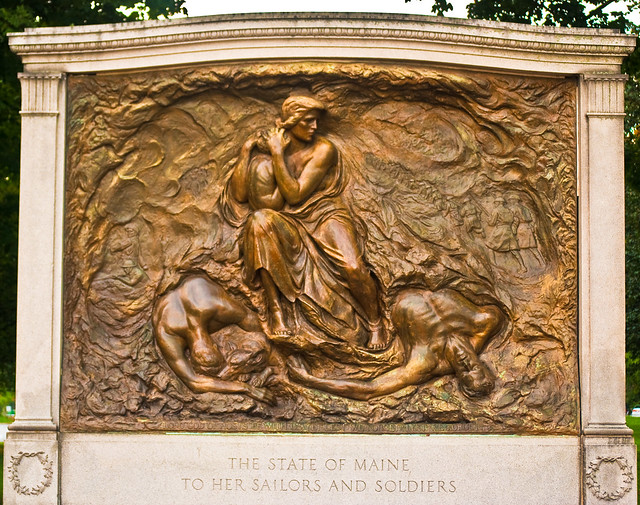


1926 - Sacrifices of War Monument, John Paul Johns Memorial Park , Route 1, Kittery, Maine (USA). "Designed by Russian-born sculptor Bashka Paeff [1894-1979]. Honors men lost at sea. Commissioned following World War I. The 11-foot wide bronze plaque, weighing 2,800 pounds was among the heaviest cast in its time. The sculpture features two life-sized men drowned & a grieving mother with a small child." /// "Its creation was marred by some political controversy. Paeff received her commission in 1924 from Governor Percival P. Baxter, but in 1925 his replacement, Governor Ralph Brewster, rejected the piece as overly pacifist. Minor changes accommodated both men, and the revised sculpture was installed in 1926." /// The granite monument is the first sight for visitors to Kittery, Maine, who cross the World War Memorial Bridge from Portsmouth, NH." /// "Suprisingly Anti-War is this very powerful war memorial. Below is 'The State of Maine to Her Sailors and Soldiers.' In smaller writing is 'Lord God of Hosts be with us yet lest we forget lest we forget...'" Rededicated May 31, 2001.
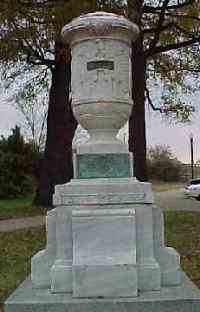

1926 - Cuban American Friendship Urn, Potomac Park, 14th Street & Ohio Drive, Washington, DC (USA). "Also called the 'Maine Memorial.' Most obscure memorial in Washington, DC. Location out of the way; the main dedicatory plaque is difficult to see, has small print, and is located eight feet off the ground; and, having climbed up the sides of the memorial to read the plaques, one discovers they are written in Spanish. The marble urn on top once stood atop a column of marble in Havana (Cuba) to commemorate the sailors who lost their lives aboard the USS Maine [in 1898] and the friendship between Cuba and the US. A hurricane in October 1926 knocked the marble column over and the urn was added to this marble plinth and sent to the US. For a number of years it stood outside the Cuban Embassy; then, when relations between the U.S. and Cuba deteriorated [in 1959?], the memorial was moved to this location."
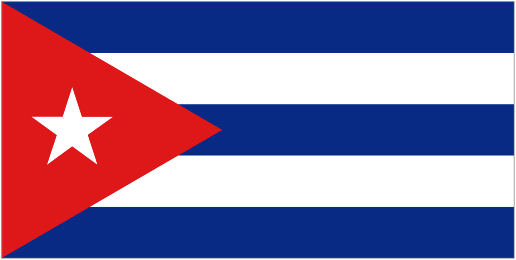
T
O
W
E
RS
P
I
N
X
November 11, 1926 - Liberty Memorial, 100 West 26th Street, Kansas City, Missouri (USA). Includes a 217-foot/66-m tower, 148-foot/45-m frieze, two exhibit halls, and two huge sphinxes named "Memory" (facing East toward Europe) & "Future" (facing West). Ground was broken November 1, 1921, by Lieutenant General Baron Jacques (Belgium), General Armando Diaz (Italy), Marshal Ferdinand Foch (France), General John J. Pershing (USA), and Admiral David Beatty (UK).
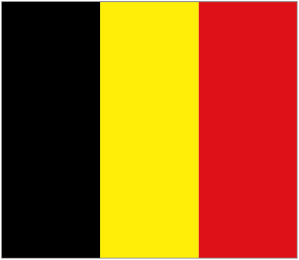
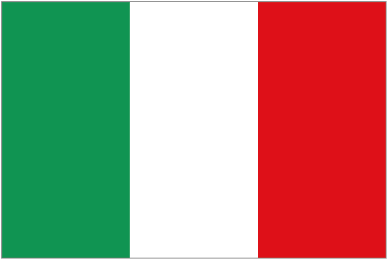
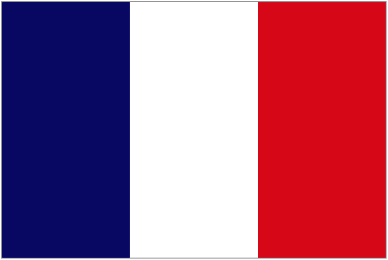

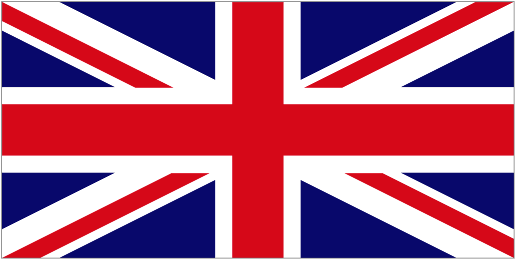
F
R
I
E
Z
E

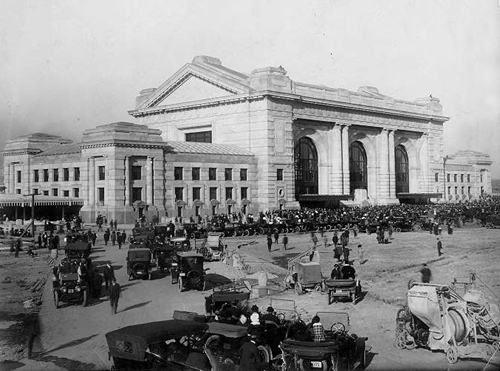

November 11, 1926 - "Great Frieze of War & Peace," Liberty Memorial, 100 West 26th Street, Kansas City, Missouri (USA). "Carved into the limestone of the north wall (left image). 148 feet/45 meters wide & 18 feet/5.5 meters high. One of largest in the world. Sculpted by Edmond Amateis [1897-1981]. Depicts progress from war to peace." On north wall of Liberty Memorial (left image). Faces Kansas City's palatial 1914 Union Station, now rarely used for trains (right image).
The single-line inscription across the 148-foot top of the frieze reads as follows:
"THESE HAVE DARED BEAR THE TORCHES OF SACRIFICE AND SERVICE. THEIR BODIES RETURN TO DUST BUT THEIR WORK LIVETH FOREVERMORE. --o-- LET US STRIVE ON TO DO ALL WHICH WE MAY ACHIEVE AND CHERISH A JUST AND LASTING PEACE AMONG OURSEVES AND WITH ALL NATIONS."
Here are the four shorter Biblical inscriptions in the body of the frieze:
"Behold a pale horse and his name that sat on him was death and hell followed him." [Revelation 6:8]
"Violence shall no more be heard in thy land wasting nor destruction within thy borders." [Issiah 60:8]
"What doth the Lord require of thee but to do justly and to love mercy and to walk humbly with thy God." [Micah 6:8]
"Then shall the earth yield her increase and God even our own God shall bless us." [Psalms 67:6]
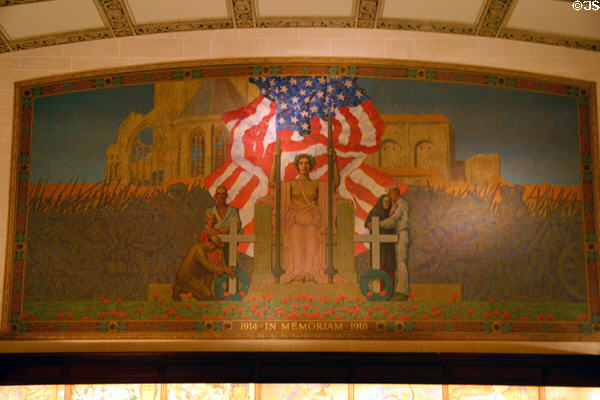

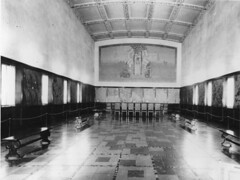

M
U
R
A
L
November 11, 1926 - "In Memorium 1914-1918," Memory Hall, Liberty Memorial, Kansas City, Missouri (USA). Right photo taken in 1935. "Memory Hall looks [today] much as it did when the Liberty Memorial opened in 1926. The interior, initially intended to be a meeting room for 'patriotic societies,' is ornately adorned with impressive murals, wooden paneling & a gold-star decorated ceiling. D. Putnam Brinley [1879-1963] painted a series of maps depicting all the spheres of action of the American Army & Navy in foreign countries. On the east wall, above the maps, is the 1926 mural by Jules Guérin [1866-1946] that portrays a seated figure of Victory."


M
U
S
E
U
M
1926 & Reopened December 2, 2006 - National World War I Museum, Liberty Memorial, 100 West 26th Street, Kansas City, Missouri (USA). Totally reconstructed underground museum opened December 2, 2006. Left image shows new audio-visual performance including life-size trench scene. Right image shows 9,000 poppies, each representing 1,000 combatant deaths.
1927
March 1927 - Hauteville House, 38 rue Hauteville, St. Peter Port (Guernsey). Where Victor Hugo [1802-1885] lived & worked 1855-1870 during his exile from France. Donated to the City of Paris by Hugo's descendants in March 1927. Currently houses a French honorary consul & a Victor Hugo museum. House has four levels, with the top floor featuring a glazed lookout over surrounding islands. The garden is filled with trees & flowers growing in abundance due to the mild climate. House & garden are preserved as they were & are both open to the public. /// As president of the 2nd International Peace Congress in Paris, August 22-24, 1849, Hugo called for the creation of a United States of Europe. On Bastille Day (July 14) 1870, he planted at Hauteville House an oak (which still flourishes today), predicting that when the tree was mature the United States of Europe would have become a reality." NB: The Franco-Prussian War began July 19, 1870. Information courtesy of Gerard Lössbroek.
July 14, 1870 - Chêne des Etats-Unis d'Europe / United States of Europe Oak, au fond du jardin, Hauteville House (qv), 38 rue Hauteville, St. Peter Port (Guernsey). "Victor Hugo planta le 14 juillet 1870, quelques jours avant la déclaration de guerre de la France à la Prusse. 'Aujourd'hui 14 juillet 1870 [Bastille Day], à une heure de l'après-midi, mon jardinier Tourtel m'assistant en présence de mon fils Charles, petit Georges et petite Jeanne étant là, j'ai planté dans mon jardin le gland [acorn] d'où sortira le chêne que je baptise : "Chêne des Etats-Unis d'Europe." Dans une lettre à Paul Meurice, il écrivit : ' Il ne peut sortir de cette guerre que la fin des guerres et que les Etats-Unis d'Europe. Vous les verrez. Je ne les verrai pas. Pourquoi? C'est parce que je les ai prédits. J'ai le premier, le 17 juillet 1851, prononcé (au milieu des huées) ce mot : "les Etats-Unis d'Europe". Donc j'en serai exclu. Jamais les Moïses ne virent les Chanaans.' Le 13 septembre 1870, de retour en France, il note : 'Julie (jeune soeur de Madame Hugo qui continuera à habiter Hauteville après le départ de Victor Hugo en 1870) m'écrit de Guernesey [sic] que le gland planté par moi le 14 juillet a germé. Le chêne des Etats-Unis d'Europe est sorti de terre le 5 septembre, jour de ma rentrée à Paris.'" Information courtesy of Gerard Lössbroek.
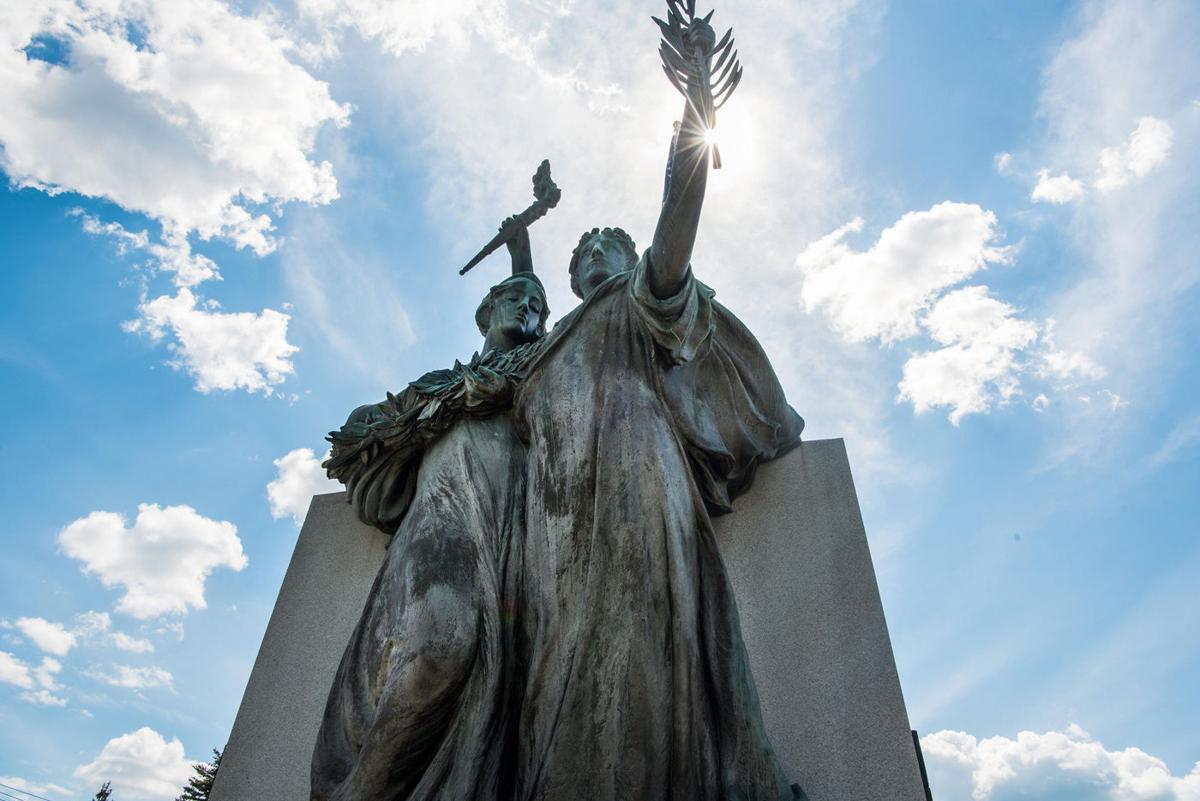


May 30, 1927 - Peace & Victory Monument, Crandall Park, upper Glen Street, Queensbury, New York (USA). Decdicated on Memorial Day. "A bronze figure sculpted by Bruce Wilder Scoville [1893-1939] in New York City is a tribute to the men from the Town of Queensbury & the City of Glens Falls who gave their lives from the Civil War to the Korean War. Names have been added over time."
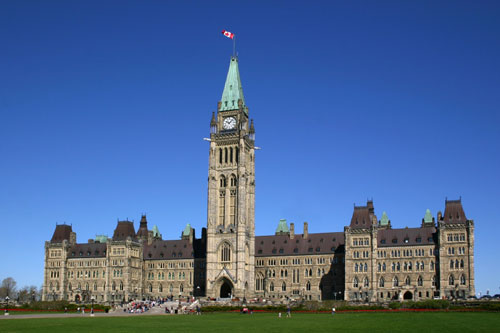

1927 - Peace Tower, Centre Block, Parliament Hill, Ottawa, Ontario (Canada). Officially named the "Tower of Victory and Peace / Tour de la Victoire et de la Paix."

M
U
SE
U
M1927 - Esperanto Museum, Österreichische Nationalbibliothek / Austrian National Library, Palais Mollard, 1 Herrengasse 9, Vienna (Austria). "Biggest collection of artificial languages in the world and a linguistic research library for language planning."


August 7, 1927 - Peace Bridge, Niagara River, US/Canadian Border between Buffalo, New York (USA), & Fort Erie, Ontario (Canada). A "dramatic state-of-the-art, $1.2 million LED lighting system replaced the current avian unfriendly up-lighting" at the end of 2008. 1 of 40 monuments in "Peace Symbols" by Zonia Baber (1948), pp. 66-67. Entry #1208 in the "Peace Movement Directory" by James Richard Bennett (2001).

C
R
O
S
S
November 11, 1927 - Canadian Cross of Sacrifice, Arlington National Cemetery, Arlington, Virginia (USA). "A bronze sword adorning a 24-foot gray granite cross designed by Canadian architect Sir Reginald Bloomfield [1856-1942]." From cemetery website: "Few countries enjoy the bonds of goodwill & friendship that the US & Canada share. Our common border remains the longest unguarded frontier on earth, and our nations have shared triumphs and tragedies throughout history. It was in this spirit of friendship that in 1925 Canadian PM MacKenzie King [1874-1950] first proposed a memorial to the large number of US citizens who enlisted in the Canadian Armed Forces, and lost their lives during WW-I. Because Canada entered the war long before the USA, many Americans enlisted in Canada to join the fighting in Europe."
/// Lower image shows Cross of Sacrifice, Bayeux War Cemetery (France). Also by Canadian architect Sir Reginald Bloomfield [1856-1942]. "Usually present in Commonwealth war cemeteries containing 40 or more graves. It is normally a freestanding four point limestone Latin cross in one of three sizes ranging in height from 18 to 32 feet."





M
O
N
U
M
E
N
T
November 11, 1927 - Peace Monument, Battlefield Drive & Granny White Pike, Nashville, Tennessee (USA). Angel of Peace at top. Lower group depicts a youth (the united nation) reigning in two powerful horses (North & South) under a rainbow of peace. Designed by Italian Giuseppe Moretti [1857-1935] most famous for Vulcan in Birmingham, Alabama (1904). Originally dedicated on Armistice Day 1927. Rededicated in 1999 after being moved from original base which was encroached by a modern expressway. The 1927 & 1999 bases are identical with the same three inscriptions: Text #1: "The spirit of youth holds in check the contending forces that struggled here in the fierce Battle of Nashville, December 16th, 1864, sealing forever the bond of union by the blood of our heroic dead of the World War 1917-1918." Text #2 from Ralph Waldo Emerson [1803-1882]: "A monument like this, standing on such memories, having no reference to utilities, becomes a sentiment, a poet, a prophet, an orator, to every passerby." Text #3 is a poem by state librarian John Trotwood Moore [1858-1929]. Entry #934 in the "Peace Movement Directory" by James Richard Bennett (2001).
1928


1928 - Arbol de la Fraternidad Americana / Pan-American Fraternity Tree, Parque de la Fraternidad Americana Havana (Cuba). "This historical & political tree was planted in 1928, during the VI Pan American Conference held at Havana [January 16 - February 20, 1928]. It is a ceiba-tree, & earth was sent by every American Country to plant this tree which must grow with the good will of Latin & Saxon Americas towards Peace & Progress in a friend-ship way." /// "As a remembrance of the VI Pan-American Conference, the Fraternity Tree was planted in this square, which has taken this name. Secretary of P.W., Mr. Cespedes, has made great success in planning this handsome square on Parisian lines built in the tropics, with tropical gardens and plants and colonial details. Havana is continually beautifying herself; this is only the start. Sooner or later Havana will be the prettiest city of all of the Americas. Come again!" 1 of 40 monuments in "Peace Symbols" by Zonia Baber (1948), pp. 36-37. Images are postcards from 1941 & 1947.


1928 - Liberty Bell of Louvain, Leuven/Louvain (Belgium). In the tower of the Central University Library. The 7-ton Bourdon also strikes the hours. The instrument bears a message of peace... Bell no. 4 bears the following inscription (translated from Latin): 'My sounds reveal the changes of life. I sing about fortune in good and bad days. Let there be peace and understanding on earth. This is my wish to you all from this tower.' Inscription on front (in English): "THE LIBERTY BELL OF LOUVAIN. This Carillon in Memory of the engineers of the United States of America Who gave their Lives In the Service of their Country and its Allies in the Great War 1914-1918" /// "One of the most beautiful carillons in the world. It was erected together with the library building in 1928 & was donated by American engineers as a war memorial. Thanks to the efforts of American carillonneur Margo Halsted, the instrument was renovated & enlarged to 63 bells in 1983. The total bell weight is 35 tons. During the academic year until mid-May, the carillon is played twice weekly, on Tuesdays & Thursdays from 7:00 to 7:45 pm."



1928 - Lion & Lamb Heraldry, South Gable, Rockefeller Memorial Chapel, University of Chicago, Chicago, Illinois (USA).The entire work, done by Lee Lawrie & Ulric Ellerhausen, is called "The March of Religion Across the Centuries." Elijah (left) & Isaiah (right). The two animals at the sides of the shield are a lion and a lamb, referring to Isaiah's prophecies regarding peace on Earth after the return of the Messiah?




July 4, 1928 - Madonna of the Trail, Springfield, Ohio (USA). "First of 12 monuments dedicated to the spirit of pioneer women in the USA. The series was commissioned by the National Society of Daughters of the American Revolution (NSDAR) and placed along the National Old Trails Highway, extending from Bethesda, Maryland, to Upland, California, in each of the 12 states the road passed through [sic]." Created by Geman-American sculptor August Leimbach [1882-1965].
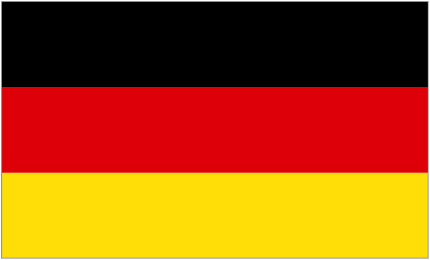
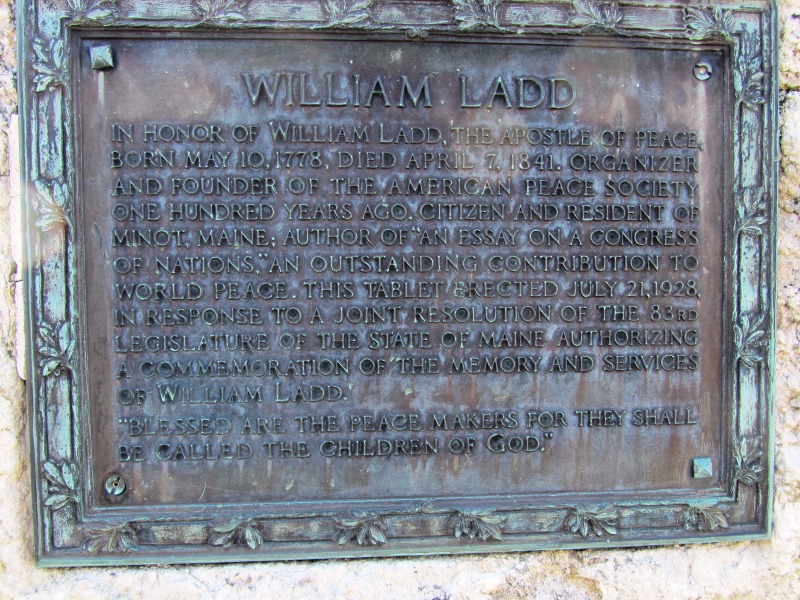


July 21, 1928 - William Ladd Boulder, Center Minot Congregational Church, Minot, Maine (USA). Monument created for the 100th anniversary of the founding of the American Peace Society & the 150th anniversary of William Ladd’s birth. Rests on granite from every state in New England, as well as stones from 14 other countries." Inscription on plaque: "In honor of William Ladd, the Apostle of Peace, born May 10, 1778, died April 7, 1841. Organizer and founder of the American Peace Society one hundred years ago. Citizen and resident of Minot, Maine, author of 'An Essay on a Congress of Nations' [1840], an outstanding contribution to world peace. This tablet erected July 21, 1928, in response to a joint resolution of the 83rd legislature of the State of Maine authorizing a commemoration of the memory and services of William Ladd. Blessed are the peace makers for they shall be called the children of God."
1929
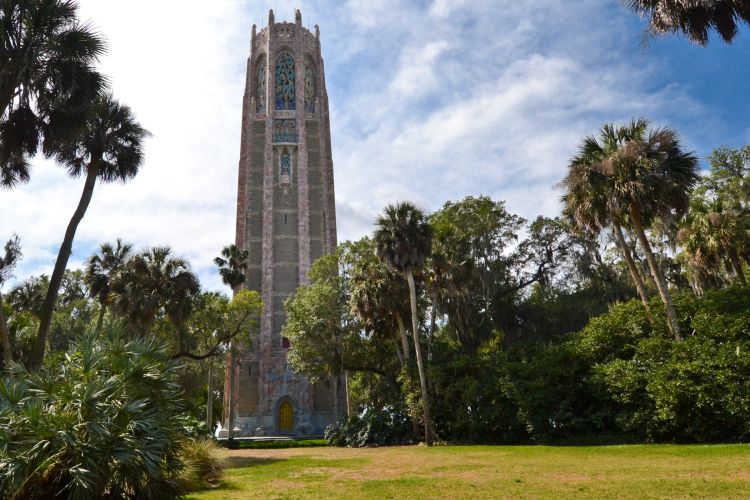

1929 - Bok Tower & Gardens, Historic Bok Sanctuary, Lake Wales, Florida (USA). National Historic Landmark. Gardens by Frederick Law Olmsted Jr. "Symbolize Edward Bok's concern for World Peace and Beauty, themes which are interwoven throughout his concept for creating this gift, the overall design including landscape and architecture, and in the small details. The dove, a symbol of peace, recurs in many styles and materials throughout the tower and gardens." (Stephenson 1990)
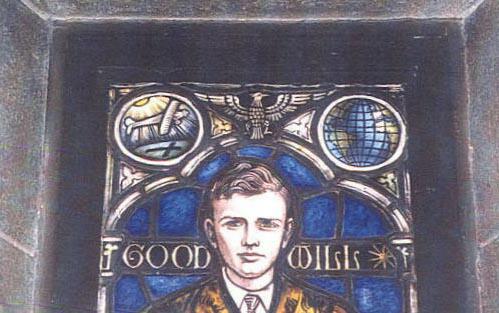

1929 - Charles Lindbergh Good Will Window, Trinity Methodist Church, Springfield, Massachusetts (USA). "Commemorates Charles Lindbergh's famous flight across the world [sic]. The window depicts Lindbergh standing, dressed in aviation clothing. The words 'Good Will' appear in a banner behind his head. Circular insets in the two upper corners of the window show, respectively, a map of the world marked with latitude and longitude lines and a flying airplane, which casts a shadow on the ground in the form of a cross."
1929 - "In 1929, Nicholas Roerich [1874-1947] in collaboration with doctor of international law from Paris University George G. Chklaver prepared a draft of an agreement dedicated to protection of cultural values (Roerich’s Pact). Coupled with the Pact Roerich proposed a distinctive sign for identification of protected objects -- Banner of Peace which was a white cloth containing a red ring and three red circles inscribed in it. The sign symbolized a unity of the past, present & future into the ring of eternity. In 1929, N. Roerich was nominated for Nobel prize for his international cultural activity & Pact initiation."


1929 - Magdeburger Ehrenmal / Magdeburg Cenotaph, Magdeburg Cathedral, Magdeburg, Saxony-Anhalt (Germany). "Ordered by the city to be a memorial of World War I and expected to show heroic German soldiers fighting for their glorious country. But sculptor Ernst Barlach [1870-1938] depicted a fresh recruit, a young officer, and an old reservist standing in a cemetery, all bearing marks of the horror, pain and desperation of the war, flanked by a mourning war widow covering her face in despair, a skeleton wearing a German army helmet, and a civilian (the face is that of Barlach himself) with his eyes closed and blocking his ears in terror."


1929-Destroyed in 1940's - Peace Lighthouse, summit of Mount Lycabettus, Athens (Greece). "In honor of the meeting in Athens, Greece, of the [27th] Congress of Universal Peace... The dedication took place after the arrival of the members... At eight P.M. 600 Boy Scouts, carrying Venetian lanterns, started marching through the city and up to the summit of the mountain, where they lighted the Peace Lighthouse, which shone like an enormous star thoughout the sessions of the Congress. It was to be re-lighted each time the League of Nations was in session. [But] this monument was destroyed by the Germans when they moved into Greece in World War II." 1 of 40 monuments in "Peace Symbols" by Zonia Baber (1948), pp. 40-41. Left image scanned from Baber. All information from Baber. NB: Baber dates this monument from 1930, but the conference took place October 6-10, 1929.
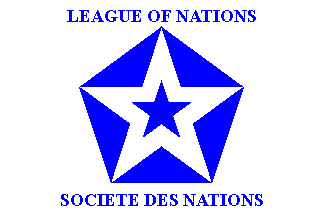



July 30, 1929 - Statue of Romulus & Remus, City Hall, Rome, Georgia (USA). "On a base of white marble from Tate, Georgia, with a brass plaque inscribed: 'This statue of the Capitoline Wolf, as a forecast of prosperity and glory, has been sent from Ancient Rome to New Rome during the consulship of Benito Mussolini in the year 1929." In 1940, anti-Italian sentiment due to World War II became so strong that the Rome city commission moved the statue into storage to prevent vandalism and replaced it with an American flag. In 1952, the statue was restored to its former location in front of City Hall.'" Info courtesy of George & Renae Stone. Seen by EWL.

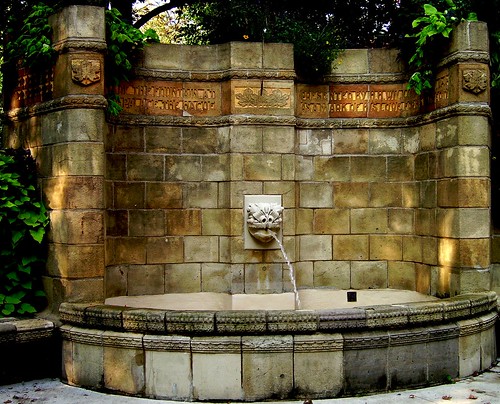
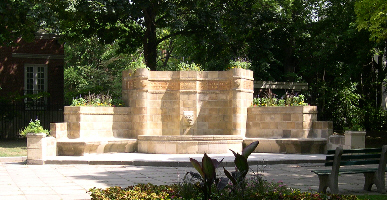


September 14, 1929 - Peace Fountain, NE Corner Amsterdam Square, Toronto Avenue Road & St. Clair, Toronto, Ontario (Canada). Replica of the wall fountain near the entrance of the Peace Palace (qv) in The Hague (Netherlands). Donated by H.H. Williams, wealthy real estate agent. Unveiled the same day that the Peter Pan statue was dedicated across the road.. Seen by EWL.
